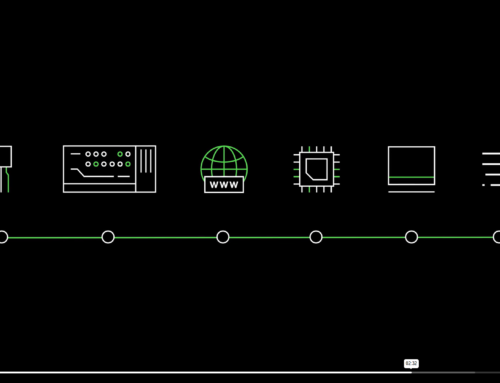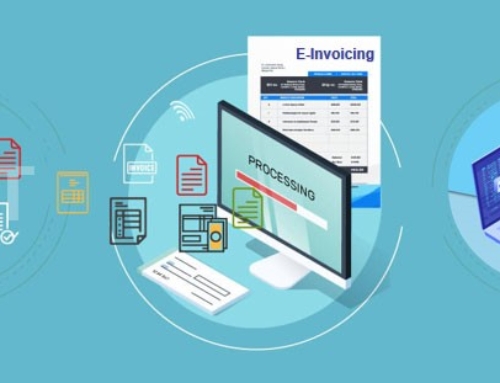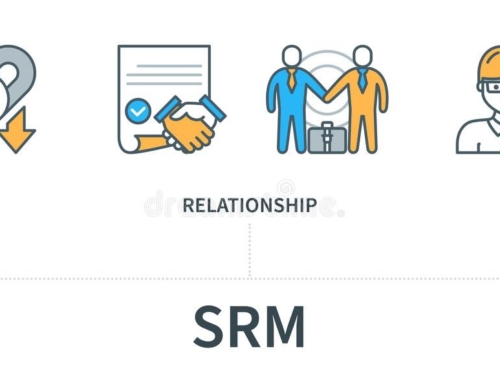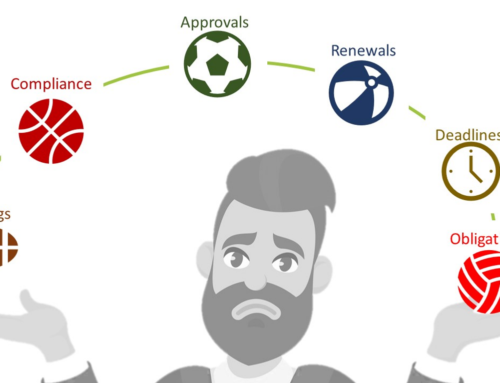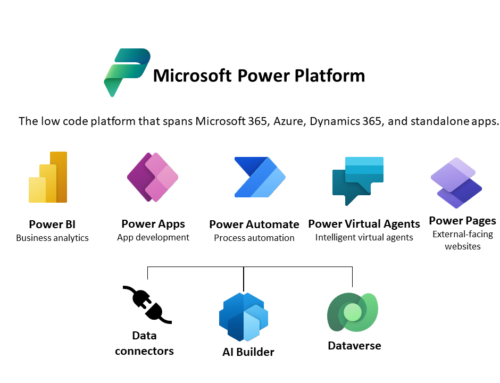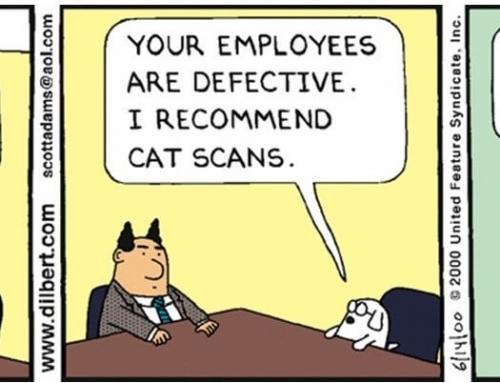Digital Transformation is easier to talk about, difficult to do. It is less about technology, more about innovation. It is less glamour, more grunt work.
Defining Digital Transformation
It helps to first define what Digital Transformation means because it has come to represent different things to different people, encompassing everything from digitization to automation; from “migration & enhancements” to innovation. IT consulting companies and service providers are furiously optimizing their websites for keywords relating to DT, but very few of them really pausing to clarify what that omnibus term means for them or prospective customers.
In our view, the term signifies both the means and the ends. Transformation is the objective, digital is the means.
Transformation is the objective
Digital is the means.
Transformation implies radical (not incremental) impact on your business or even business model. Therefore, Digital Transformation means use of digital technology to achieve disruptive competitiveness advantage, whether by the market equilibrium, or by redefining customer experience, or by radically enhancing the effectiveness of your core business process(es).
What it isn’t
Not every IT initiative qualifies as Digital Transformation. Certainly not migration of your on-premises footprint to cloud; or replacement of your email platform; or a chatbot or RPA bot replacing or reducing human effort; or a machine reading or drafting your email; or revamping of your intranet. These are all useful and important initiatives but their impact on your business is far from transformative.
Here are three quick pointers to identify initiatives that are not Digital Transformation:
- Who owns and leads it? Not CIO, not CHRO, not CFO, not even CMO. A digital transformation project is the Key Result Area of the CEO. If it is delegated, it ain’t digital transformation.
- Who is affected by it? Not one department, not one process. Digital transformation project affects your entire organization.
- How much pain is involved? If it is easy, it isn’t digital transformation. These initiatives are disruptive. Typically, these are painful internally and rewarding externally.
Wrong reasons for Digital Transformation
Digital Transformation is not a me-too project. Do not venture into it because your competition or your good friend’s company is doing it. What has worked for your competition or for your friend’s company will most certainly not work for your business.
Equally, Digital Transformation is not the next technology fad. Do not start it because of a high-pitched presentation by a consulting company or a platform provider. Listen to them with all your attention, take copious notes but do not let the tail wag the dog. Digital Transformation is business first, technology later.
The Right Reason
The only reason you should embark on Digital Transformation journey is Competitive Advantage.
The Right Place to Start
As stated earlier, your market and business is the right place to start the journey. Technology needs to succeed a good, valid idea. Identifying the lever of competition that you wish to disrupt; how you would disrupt it; how its benefits are outweighed by its risks; what will be its impact on current status (esp on people) – these are the questions to be answered before bringing technology into the game. Indeed, you would need to know the potential (and limitations) of current and emerging technology to be able to conceptualize or detail out the idea. But technology needs to remain the means and not be confused by the ends.
A Journey of Thousand Miles Begins with a Single but Powerful Step
Here lies the paradox. While Digital Transformation needs to be driven by a big, hairy, ambitious goal, its execution (except in case of a start-up) may typically involve a series of smaller initiatives. It is like a game of chess, where you advance one piece at a time gaining incremental positional advantage (and adjusting to countermoves), yet moving towards a grand end game.

Amazon.com home page in 1995 (source: internet)
Remember, Amazon started a quarter century ago with a simple, no-frills interface. It was simple yet powerful an idea powered by internet. Its present-day sophistication, intelligence and supporting infrastructure is a result of persistent, thoughtful evolution over the years.
Once the transformation objective and idea are crystallized, the roadmap may be defined, consisting of a series of initiatives involving relevant technology solutions and concurrent change management as shown in the exhibit below.

Road to digital transformation
The roadmap may consist of
- Core customer/market facing initiatives
- Core process initiatives
- Peripheral initiatives (internal / Extranet facing)
Roadmap – Core Initiatives
Core initiatives – whether market facing or process oriented – are the most strategic / pivotal for the success of digital transformation. These need to be unique, customized for your business – e.g. transformation of your customers’ experience. Typically, these initiatives go hand in hand with parallel transformation initiatives in the physical world in terms of marketing, supply chain, etc. Jio’s entry in Indian telecom market is an excellent example of this (though being a new entrant, it did not have to transform an existing business model). Digital experience of the customer was augmented, automated and optimized so significantly that it reset the market’s expectations and left the incumbents in a precarious catch-up mode. This transformation was accompanied with parallel initiatives in terms of setting up nation-wide fiber connectivity, introduction of cheaper phones and unbelievably aggressive tariff structure.
Roadmap – Peripheral Initiatives
These initiatives are preparatory in nature, aimed at creating readiness within the organization and among its ecosystem such as suppliers, channel partners, etc. While not transformative on their own, these are often essential building pre-requisites for the success of core initiatives. Typically, these are non-unique interventions, such as enabling internal digital processes through digitization & document management, digital workplace, etc; or automating supplier or dealer touchpoints through extranets, etc. These may also include process or cost optimisation initiatives involving chatbots, RPA, machine intelligence, etc. It is important to implement these initiatives as a part of the larger transformation objective and not stand-alone technology-for-sake-of-technology initiatives.
How we can help
We, at Prosares, are your Digital Transformation Sherpas. Offering our deep expertise and rich experience of over 18 years to help you guide you and carry your burden through the terrain; to help you attain the peak; yet always staying at the background in your hour of glory.










